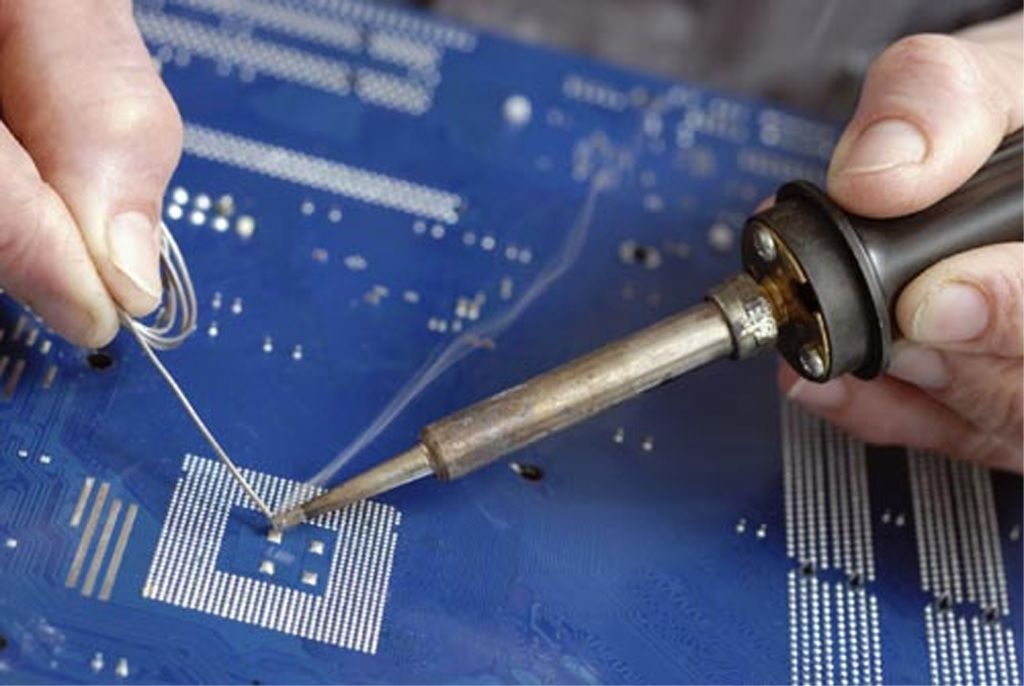
How to Become a PCB Engineer?
A Printed Circuit Board is the backbone of all the electronic devices people use today. These circuit boards are crucial to provide electrical connection to the components of an electronic device, such as your phone or laptop. It keeps all the electrical components together in one place.
A PCB layout engineer deals with the models for these circuit boards. Are you interested in these PCB circuit boards and interested in becoming a PCB engineer? A few things can assist you with PCB engineering and help you start somewhere.
You can read through this comprehensive article on how to become a PCB Engineer to help pave the way for your journey.
The Job Profile of a PCB Engineer
It’s important to understand what the job of being a PCB engineer consists of. This can help you prepare for the journey ahead and understand the nature of the work required.
You will be responsible for designing single-sided, double-sided, and multi-layered PCBs following industry standards. These circuit designs should also be created in 3D formats to visualize your design of the components arranged and find any errors.
You will also need to design these circuits, keeping in mind the company’s costs, specific requirements, and time constraints to complete the circuit boards efficiently.
The Education Required to Become a PCB Engineer
No particular educational degree is intended for PCB engineers to learn and begin their journey.
If you wish to become a PCB Engineer, there are a lot of places that don’t expect you to have any level of sorts. Experience can also play a major role in your learning journey. An engineering or electronics degree can come in handy for the nature of this profession.
It would be helpful if you have studied any related course areas and done hands-on work. The related study areas include printed circuit board work, electronic design, computer-aided design, drafting, etc.
There are also various PCB courses that you can choose from to gain knowledge. These courses provide the necessary knowledge, modules, and guidelines for becoming PCB engineers.
Today, a few organizations offer courses to help begin your journey as a circuit board engineer. They offer classes designed specifically for PCB, such as instructional PCB design courses. They can help you build a solid foundation for working with PCBs.
The Essential Skills a PCB Engineer Requires
The following are some of the essential skills a PCB engineer requires –
Basic Electronics
A PCB Engineer needs to have a good understanding of basic electronics. Any hardware design consists of a PCB. Thus, you need to know all the electronic components involved. It makes your job as a PCB engineer more accessible and more productive.
The foundational aspects of electronics and their components, design, interface, etc., can prove helpful for your field of work.
A Basic Knowledge of PCB
A basic knowledge of printed circuit boards is crucial to the nature of the job. You need to know and understand the various basic terminologies associated with PCBs and their electrical components.
It is important to know about the circuit boards, the components, the design, the competition, and so on. This is an essential aspect of PCB engineering and is necessary to work with PCBs efficiently.
PCB Design Software
It’s also essential for you to develop a good knowledge of any design software – at least one. A PCB layout engineer must have an understanding of PCB design programming.
Various kinds of software are available for PCBs; you can choose one that is popular and extensively used today.
3D Model / Mechanical Design
There are various software that allow you to add the components of your circuit. You can view how your designed circuit board will look in 3D view when all the details are arranged together and if everything fits.
It helps PCB engineers visualize their circuits better and allows you to find any potential faults in the design. You can detect the errors in this stage to rectify them without further delay. This can save you a lot of time, money, and effort.
There are various design rules that you need to follow when it comes to designing a PCB. As a circuit board engineer, it is necessary to keep these rules in mind.
Some of the rules fall under these categories —
- The general rules
- Noise reduction
- EMI/EMC considerations
- Considerations for thermal integrity
- Considerations for power integrity
- Signal integrity rules
- Design for manufacturing (track width, clearance, through/cushions size, drill size, freedom)
- Design for the test to consider the necessary aspects to test the boards (adding test points, freedom, accessibility of the signal)
Design Review Process
A detailed design review process is necessary to create proper circuit board designs. These design audits are crucial for the First Time Right (FTR) design, which involves making sure the procedures are performed well the first time and every time.
The review process includes three steps –
The first review is the self-review, which you can do as the PCB layout engineer. It allows you to find any potential errors or changes to be made by yourself.
A hardware engineer can do the second review in the form of a joint review. This allows you to get an insight into what can be changed or improved.
The final review can be done by another qualified and trained engineer or even an external consultant to provide expert guidance and feedback.
Conclusion
Do you have the enthusiasm and interest to become a PCB engineer? You can begin by learning the basics of PCB, researching more, and reading relevant books to embark on this journey.
PCB circuits are used in all electronic devices in today’s technologically driven world. You can work as a PCB layout engineer with the road ahead filled with many opportunities as more gadgets are developed.

